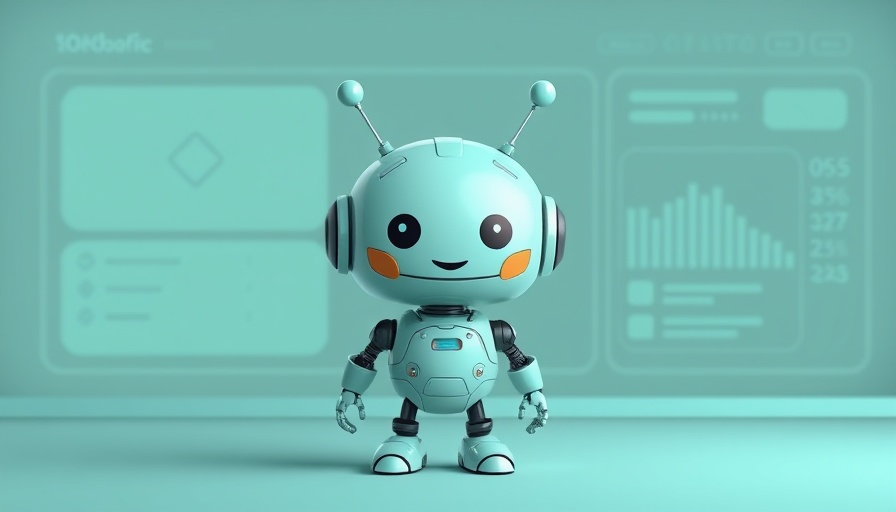
Meta Takes Bold Steps in AI with New Leadership
Meta Platforms, under the direction of CEO Mark Zuckerberg, has made a significant move in its bid to become a leader in advanced artificial intelligence by appointing Shengjia Zhao, the co-creator of ChatGPT, as the chief scientist of the newly established Superintelligence Lab. This announcement, made on July 25, underscores Meta's commitment to pushing the boundaries of AI technology.
The Vision Behind the Superintelligence Lab
The Superintelligence Lab is pivotal in Meta's ambitions to develop artificial general intelligence (AGI)—a form of AI that can understand and learn in a manner similar to human beings. Zuckerberg envisions the lab as a dedicated space for consolidating Meta’s research on its Llama models and striving towards full AGI. Zhao’s appointment signifies a strategic direction where Zuckerberg aims to set the research and scientific agenda for the lab. His background as a former research scientist at OpenAI makes him a well-suited figure to spearhead these initiatives.
Talent War in AI: Meta’s Aggressive Recruitment Strategy
Shengjia Zhao’s recruitment is part of a broader trend in Silicon Valley known as the "talent arms race." Major tech companies are fiercely competing to secure top AI researchers to innovate and enhance their offerings. Following the lukewarm reception of Meta’s Llama 4 model, the company has not hesitated to provide some of the industry’s most lucrative pay packages to attract former OpenAI employees and other talent. This recruiting frenzy reflects the high stakes involved in the development of AI technologies that could redefine industries.
The Implications of Open Source AI Development
One of the key aspects of Meta's approach, as highlighted by Zuckerberg, is its intention to release its research as open source. While this strategy aligns with principles of transparency and accessibility, it has also sparked discussions regarding the potential risks. Open sourcing AI technologies may lead to ethical dilemmas, including misuse of advanced AI capabilities, posing challenges that the tech community will need to navigate responsibly.
Creating a New Standard in AI Research
Meta’s Superintelligence Lab operates separately from FAIR (Facebook AI Research), which has been a cornerstone of Meta's AI research efforts led by deep learning expert Yann LeCun. By establishing this new lab, Meta aims to create a unique research environment focused on more aggressive timelines and ambitious goals in AI development. This separation may allow for more focused efforts without being constrained by existing frameworks.
Future Predictions and Opportunities in AI
The trajectory set by Meta under Zhao’s leadership indicates a future ripe with opportunities, potentially reshaping how tech companies approach AI solutions. As Zhao collaborates closely with Zuckerberg and Chief AI Officer Alexandr Wang, the expectation is for groundbreaking advancements to emerge. These developments will not only influence Meta’s product lines but could also set benchmarks for the broader tech industry.
Cultural Impact and Considerations
The cultural implications of advancements in AI, especially as they pertain to human-like intelligence, are worth examining. As AI becomes increasingly integrated into daily life, concerns around employment, data privacy, and ethical AI usage will undoubtedly come to the forefront. Tech companies, including Meta, will need to address these matters preemptively to build trust among consumers and ensure responsible innovation.
Conclusion: A Call to Engagement in AI Discussions
As developments such as these accelerate, it is crucial for stakeholders, including consumers, policymakers, and tech enthusiasts, to engage in informed discussions about the implications of AI technologies. Understanding the potential—and the risks—will be essential in navigating this rapidly developing landscape. Stay tuned as Meta continues to unfold its vision for Superintelligence and leads the charge towards significant advancements in AI.
 Add Row
Add Row  Add
Add 




Write A Comment